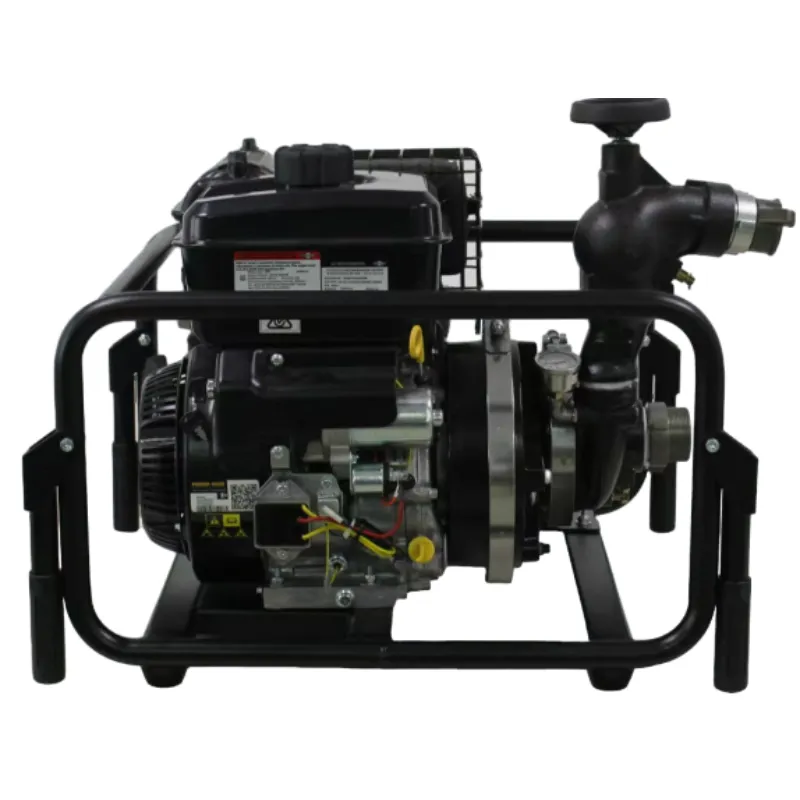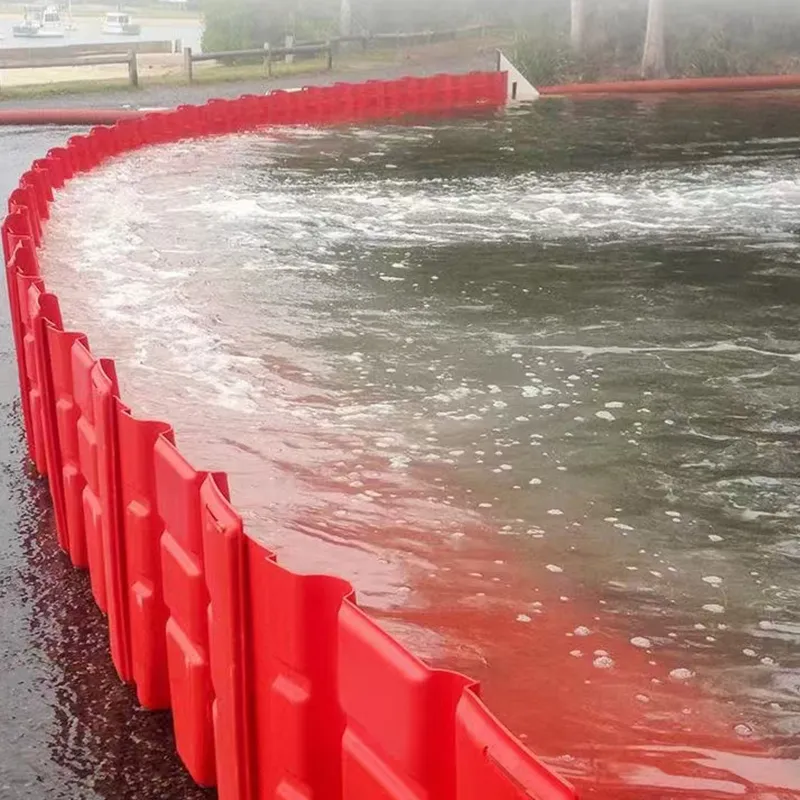

Authoritativeness in this field often involves adhering to regulations set by recognized bodies such as the National Fire Protection Association (NFPA) in the United States or similar organizations worldwide. These guidelines dictate the minimum requirements for designing and maintaining fire hydrant pump systems. The NFPA 20 standard, specifically, details installation procedures, maintenance, and testing requirements for fire pump reliability. Testing and maintenance of fire hydrant pump pressure is another critical aspect underpinning system trustworthiness. Routine testing, mandated by local fire codes, involves regular churn tests, flow tests, and pressure tests to verify system performance. A meticulous maintenance schedule ensures fire pumps are operational without fail, preserving the integrity of the fire safety network. When adopting a fire hydrant system, consider the varying conditions that could affect pump performance. Temperature fluctuations, water supply inconsistency, and aging infrastructure elements such as rusting pipes can all impact pressure efficiency. Innovations in IoT and smart technology have ushered in advancements allowing for real-time monitoring of fire pump systems. Sensors and advanced control systems can detect and automatically adjust pressure settings, providing an added layer of reliability and foresight for potential malfunctions or adjustments required during emergencies. In conclusion, the intricacies involved in managing fire hydrant pump pressure demonstrate the interplay between technical expertise, authoritative guidelines, and practical experience. With advanced planning, rigorous testing, and adherence to regulatory standards, a reliable fire hydrant system equipped with an adequately pressurized pump can significantly enhance safety protocols and deliver peace of mind. Understanding and optimizing these pressure systems, therefore, not only complies with legal requirements but also acts as a crucial safeguard against the unpredictable nature of fire hazards.





























